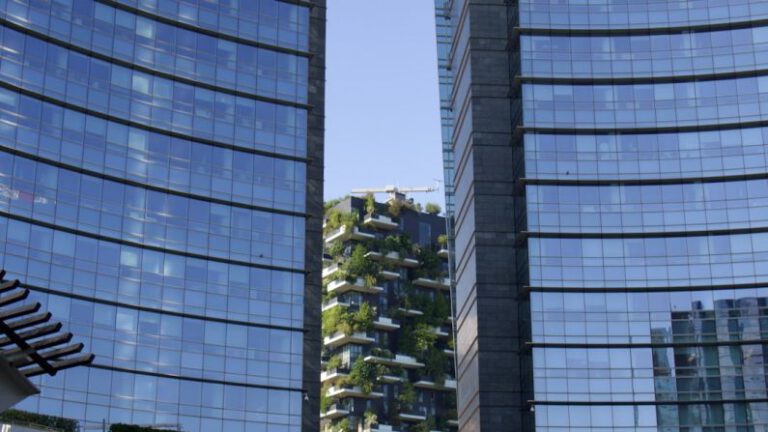The Lotus Temple: Unfolding Peace through Architecture
**The Lotus Temple: Unfolding Peace through Architecture**
Nestled in the heart of New Delhi, India, the Lotus Temple stands as a symbol of unity, peace, and spirituality. Its unique design and serene ambiance have drawn visitors from around the world seeking solace and tranquility. This architectural marvel, shaped like a blooming lotus flower, holds deep significance for those who visit, regardless of their religious beliefs or cultural backgrounds.
**A Spiritual Oasis**
As you approach the Lotus Temple, you are greeted by a sprawling garden that surrounds the pristine white marble structure. The tranquil atmosphere immediately envelops you, offering a respite from the hustle and bustle of city life. The design of the temple, with its 27 marble-clad “petals” arranged in perfect symmetry, is a sight to behold. Each petal reaches towards the sky, symbolizing purity and the quest for spiritual enlightenment.
**Interfaith Harmony**
One of the most remarkable aspects of the Lotus Temple is its commitment to promoting interfaith harmony. Unlike traditional places of worship that cater to a specific religion, the Lotus Temple welcomes people of all faiths to come together and pray, meditate, or simply find peace. The absence of religious symbols inside the temple reinforces the idea that spirituality transcends man-made divisions, fostering a sense of unity among visitors.
**Architectural Splendor**
Designed by Iranian-Canadian architect Fariborz Sahba, the Lotus Temple seamlessly blends modern architecture with spiritual symbolism. The structure’s lotus flower shape not only serves an aesthetic purpose but also embodies deeper meanings. In Hindu and Buddhist traditions, the lotus symbolizes purity, beauty, and the journey towards enlightenment. By incorporating this motif into the design, Sahba created a space that resonates with visitors on a spiritual level.
**Silent Reflection**
Upon entering the Lotus Temple, visitors are greeted by a vast, silent prayer hall devoid of any religious imagery. The minimalist interior design, characterized by its high ceilings and natural light streaming through the skylight, encourages introspection and contemplation. The absence of any prescribed rituals or sermons allows individuals to connect with their inner selves and find solace in the silence.
**Embracing Diversity**
The Lotus Temple’s message of unity and inclusivity extends beyond its architectural design. The temple’s Bahá’í faith, which emphasizes the oneness of humanity and the importance of unity in diversity, is reflected in its welcoming atmosphere. Visitors of all ages, nationalities, and beliefs are invited to partake in the temple’s meditative ambiance, fostering a sense of mutual respect and understanding.
**A Sanctuary for the Soul**
For many visitors, the Lotus Temple serves as a sanctuary for the soul, offering a peaceful retreat from the chaos of everyday life. Whether seeking solace, inspiration, or simply a moment of quiet reflection, the temple provides a space for individuals to connect with their inner selves and experience a sense of inner peace. The Lotus Temple’s timeless appeal lies in its ability to transcend cultural boundaries and touch the hearts of all who visit.
**In Conclusion: A Beacon of Hope**
In a world fraught with division and conflict, the Lotus Temple stands as a beacon of hope, reminding us of the power of architecture to unite people across disparate backgrounds. Through its elegant design, inclusive ethos, and spiritual ambiance, the temple continues to inspire visitors to seek peace, harmony, and understanding in an increasingly fragmented world. As we marvel at the lotus flower in full bloom, may we also strive to cultivate the seeds of peace and unity within our own hearts.






